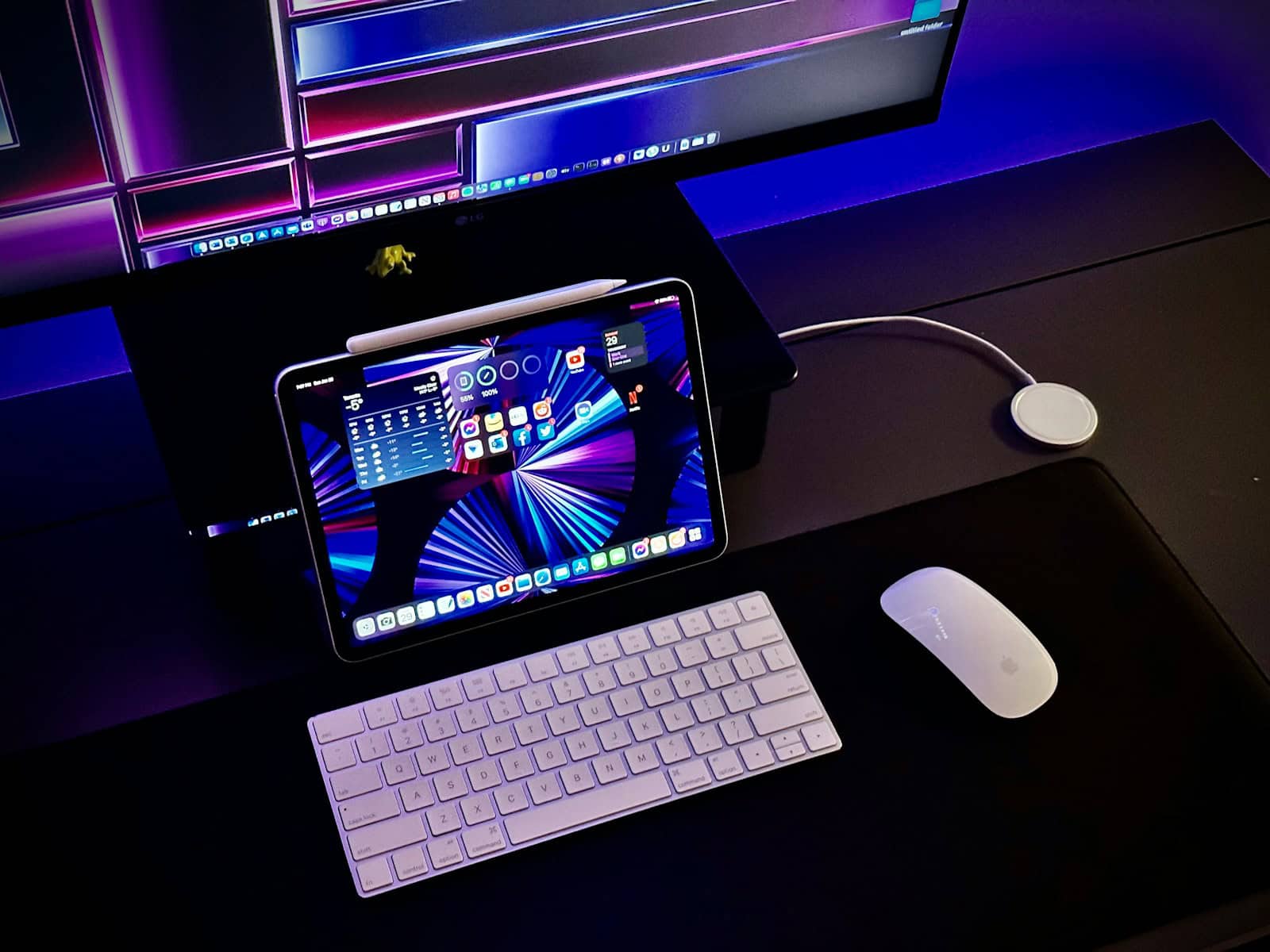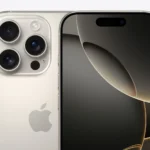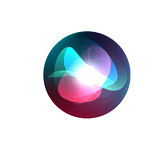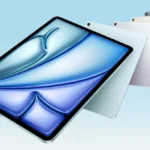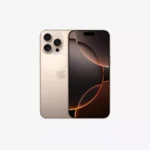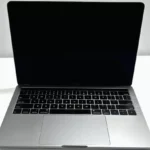Using your iPad as a second monitor can boost your productivity and expand your workspace. You can easily turn your iPad into an extra display for your Mac or Windows PC with just a few clicks. This setup gives you more screen real estate for multitasking, viewing documents side-by-side, or keeping reference materials open while you work.
For Mac users, Apple’s built-in Sidecar feature makes connecting your iPad seamless. Windows users have several third-party options to achieve the same result. Some apps even allow you to use your iPad as a wireless touchscreen monitor, adding new ways to interact with your computer.
| Device | Connection Method | Notable Features |
|---|---|---|
| Mac | Sidecar (built-in) | Wireless, Apple Pencil support |
| Windows | Third-party apps | Touchscreen input, cross-platform |
| Both | USB cable | Reliable, low-latency connection |
Boost Your Productivity: iPad as a Second Screen
Want to supercharge your workflow? Turn your iPad into a second monitor for your computer! It’s easier than you think. Here’s how to do it and some cool ways to use this handy setup.
Using Sidecar (macOS Catalina or later)
Sidecar is a built-in macOS feature that lets you extend or mirror your Mac’s display to your iPad wirelessly. Just make sure both devices are signed in to the same iCloud account with Bluetooth turned on. You can activate Sidecar from the Display menu in System Preferences or the AirPlay menu in your Mac’s menu bar. Pretty neat, right?
Third-Party Apps
Don’t worry if your Mac is older than macOS Catalina. Several apps can help you achieve the same result. Popular choices include Duet Display and Splashtop Wired XDisplay. These apps offer wired and wireless connections and often come with extra features. Some even support Windows!
Creative Ways to Use Your iPad Second Screen
Now for the fun part! Here are some ideas to maximize your dual-screen setup:
- Reference Materials: Keep documents, web pages, or notes on your iPad while you work on your main screen.
- Dedicated Communication: Move your email, messaging apps, or social media feeds to your iPad to minimize distractions.
- Drawing Tablet: Use your Apple Pencil and a drawing app on your iPad for creative projects. This is perfect for graphic designers and artists.
- Content Creation: Use your iPad to display your video editing timeline or audio mixing controls while keeping your main screen free for the project.
- Presentations: Show your presentation notes or upcoming slides on your iPad while presenting on your main screen.
Comparison of Popular Apps
| Feature | Sidecar | Duet Display | Splashtop Wired XDisplay |
|---|---|---|---|
| Compatibility | macOS Catalina or later, iPadOS 13 or later | macOS, Windows, iPadOS, Android | macOS, Windows, iPadOS, Android |
| Connection | Wireless, Wired | Wireless, Wired | Wireless, Wired |
| Features | Basic mirroring and extending, Apple Pencil support, Touch Bar on iPad | High performance, customizable shortcuts, touch gestures | High performance, low latency, multiple monitor support |
| Price | Free (built-in) | Paid | Paid |
Understanding the Technology
Using an iPad as a second monitor enhances productivity and screen real estate. This technology offers flexible options through Apple’s native solution and third-party apps.
Apple’s Sidecar Feature
Sidecar is Apple’s built-in feature for using an iPad as a second display. It works with MacOS Catalina or later and compatible iPads running iPadOS 13 or newer.
To use Sidecar:
- Connect your iPad to your Mac wirelessly or with a cable
- Open Control Center on your Mac
- Click the Display menu
- Select your iPad
Sidecar supports Apple Pencil input on the iPad screen. This allows you to use drawing apps or take notes directly on the extended display. The Touch Bar appears at the bottom of the iPad screen, providing quick access to app-specific controls.
Third-Party Applications
For non-Apple devices or older systems, third-party apps offer similar functionality. Popular options include:
- Duet Display
- Splashtop Wired XDisplay
- Spacedesk
These apps typically require installation on both your computer and iPad. They often support a wider range of devices, including Android tablets and Windows PCs.
| App | Supported Platforms | Key Features |
|---|---|---|
| Duet Display | iOS, Android, Windows, Mac | Low latency, touch support |
| Splashtop | iOS, Android, Windows, Mac | Wireless connection |
| Spacedesk | Windows, iOS, Android | Free for personal use |
Compatibility and System Requirements
For Apple’s Sidecar:
- Mac: 2016 or newer models running MacOS Catalina or later
- iPad: 6th generation or newer, iPad mini 5th generation or newer, iPad Air 3rd generation or newer, or any iPad Pro
Third-party apps often have broader compatibility. Check the app’s requirements before installing. Most need:
- A computer with a recent operating system (Windows 10/11 or MacOS 10.13+)
- An iPad running iOS 12 or later
- Stable Wi-Fi connection for wireless use
Connecting via HDMI is another option for some iPads. This method requires an adapter and may limit functionality compared to software solutions.
Setting Up Your iPad as a Second Monitor
Extending your Mac’s display to your iPad can boost productivity and screen space. This process involves using Apple’s built-in Sidecar feature or third-party apps, along with proper network and hardware setup.
Using Sidecar to Extend or Mirror Displays
To use Sidecar, ensure your Mac and iPad are compatible and signed in to the same Apple ID. Click the Apple menu on your Mac and go to System Settings > Displays. Select your iPad from the “Add Display” dropdown. Choose to mirror or extend your display.
In extended mode, drag windows between screens as needed. The iPad shows a virtual Touch Bar at the bottom, giving quick access to Mac controls. You can use your Apple Pencil for input on supported apps.
Sidecar works wirelessly or via USB. Wireless mode requires both devices to have Wi-Fi and Bluetooth on and be within 10 meters of each other.
Connecting with Third-Party Apps
For older Macs or Windows PCs, third-party apps like Duet Display offer similar functionality. Install Duet on both your computer and iPad. Launch the app on both devices and follow the setup prompts.
Duet Display allows you to choose between mirroring or extending your screen. It supports both wired and wireless connections, though wired typically provides better performance.
These apps often offer additional features like touch input and Apple Pencil support, making them versatile options for various setups.
Network and Hardware Setup
For optimal performance, connect your iPad and computer to the same Wi-Fi network. If using a wired connection, ensure you have a compatible cable – Lightning to USB for older iPads or USB-C for newer models.
Check that your devices meet the minimum system requirements. For Sidecar, you need a Mac from 2016 or later running macOS Catalina or newer, and an iPad with iPadOS 13 or later.
| Connection Type | Pros | Cons |
|---|---|---|
| Wireless | Flexible setup, no cables | Potential lag, battery drain |
| Wired | Faster, charges iPad | Less mobility, cable required |
Disable unnecessary background apps and notifications on both devices to improve performance and reduce distractions while using your iPad as a second monitor.
Optimizing Your Dual-Screen Experience
Using your iPad as a second monitor opens up new possibilities for multitasking and productivity. Proper setup and configuration can enhance performance and streamline your workflow.
Improving Performance and Frame Rate
To boost performance when using your iPad as a second display, start by closing unnecessary apps on both devices. This frees up system resources for smoother operation.
Update your iPad and computer to the latest software versions. Newer updates often include performance enhancements and bug fixes.
Check your Wi-Fi connection if using a wireless setup. A strong, stable connection reduces lag and improves frame rates.
Consider using a wired connection for the best performance. USB-C or Lightning cables provide faster data transfer and lower latency than wireless options.
Adjust the resolution and scaling settings on your iPad display. Lower resolutions may improve performance if you experience lag.
| Connection Type | Performance | Ease of Use |
|---|---|---|
| Wired (USB-C) | Excellent | Good |
| Wi-Fi | Good | Excellent |
| Bluetooth | Fair | Good |
Enhancing Productivity with Dual Displays
Organize your workspace by assigning specific tasks to each screen. Use your main display for primary work and the iPad for reference materials or secondary apps.
Take advantage of the extra screen space to keep communication tools visible. Place email, chat, or video call windows on the iPad screen to stay connected without cluttering your main workspace.
Use your iPad’s touch capabilities for quick interactions. Tap to switch between apps or scroll through documents without reaching for your mouse.
Learn keyboard shortcuts for moving windows between displays. This allows for quick reorganization of your workspace as needed.
Customize your iPad dock to include frequently used apps for easy access when in second monitor mode.
Customizing Display Settings and Controls
Access display settings through the Control Center on your iPad or System Preferences on your Mac. Adjust brightness, color temperature, and True Tone settings for optimal viewing comfort.
Fine-tune your iPad’s position and angle for ergonomic comfort. Consider using a stand or mount to achieve the ideal viewing height and reduce neck strain.
Experiment with different scaling options to find the right balance between screen real estate and text readability. Retina displays offer crisp visuals at various scaling levels.
Enable Night Shift or similar blue light reduction features for extended evening use. This can help reduce eye strain during long work sessions.
Explore third-party apps for additional customization options. Some apps offer advanced features like custom hotkeys or gesture controls for managing your dual-screen setup.
Frequently Asked Questions
Using an iPad as a second monitor offers flexibility for various operating systems and setups. Third-party apps expand options beyond built-in features.
How can I use an iPad as a secondary display for a Windows 10 PC?
You can use third-party apps like Duet Display to extend your Windows 10 screen to an iPad. Install the app on both devices. Connect them with a USB cable or Wi-Fi. Your iPad will function as an extra monitor.
What are the options for using an iPad as a second monitor on Windows 11?
Windows 11 supports similar methods as Windows 10. Use apps like Duet Display or Splashtop Wired XDisplay. These work over USB or Wi-Fi connections. Some apps offer touch and stylus support on the iPad screen.
Is it possible to use an iPad as a second screen for a MacBook without Sidecar?
Yes, you can use third-party apps if Sidecar isn’t available. Options include Duet Display and Luna Display. These apps work on older Macs and iPads that don’t support Sidecar.
Can I use an iPad as a second monitor with a cable connection?
Many apps support both wireless and wired connections. A USB cable often provides a more stable connection. It can reduce lag compared to Wi-Fi. Check your iPad’s port type to ensure compatibility.
How to set up an iPad as a second monitor if I have a different Apple ID?
Most third-party apps don’t rely on Apple IDs. You can use them even with different accounts. Install the app on both devices. Follow the app’s setup instructions. Your Apple ID won’t affect the connection.
What software allows the use of an iPad as a secondary display with Windows?
Popular options include:
- Duet Display
- Splashtop Wired XDisplay
- iDisplay
- Air Display
These apps offer various features. Some provide touch support. Others focus on low latency. Choose based on your specific needs and budget.
| App Name | Connection Type | Touch Support | Compatibility |
|---|---|---|---|
| Duet Display | USB/Wi-Fi | Yes | Windows/Mac |
| Splashtop XDisplay | USB | Yes | Windows |
| iDisplay | Wi-Fi | Limited | Windows/Mac |
| Air Display | Wi-Fi | Yes | Windows/Mac |

